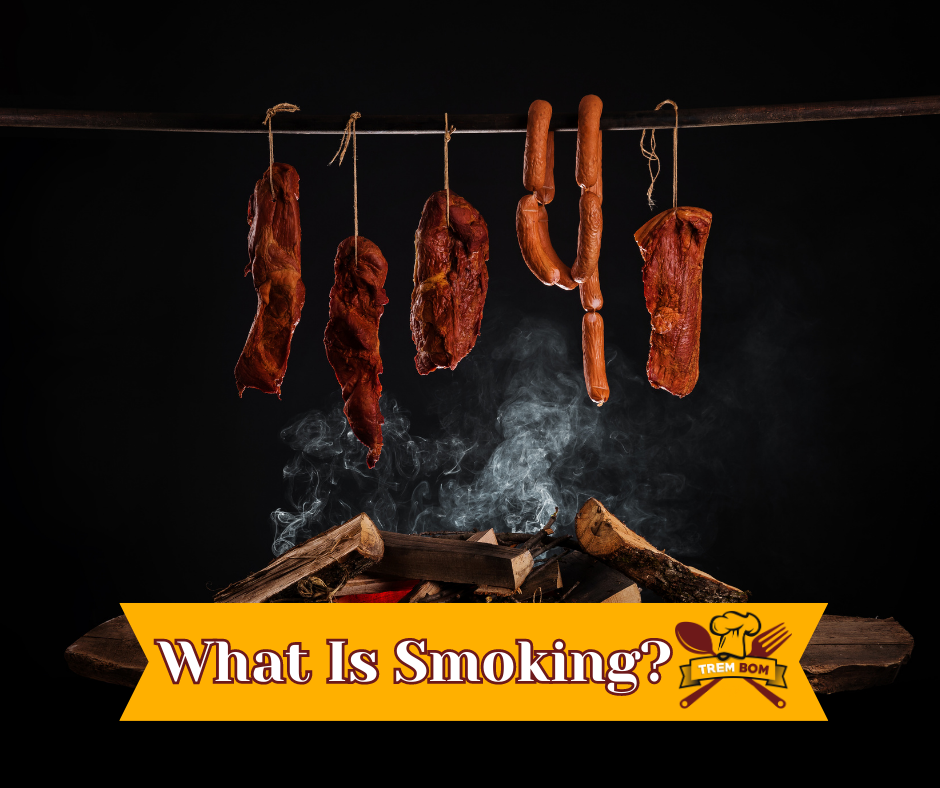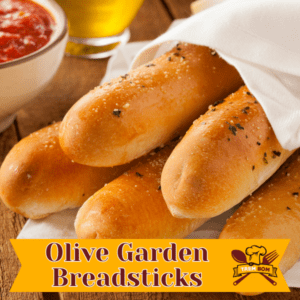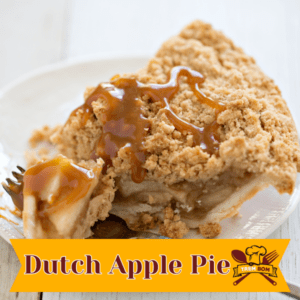
Welcome to the delicious world of smoking meat! As any seasoned pitmaster will tell you, there’s nothing quite like the flavor and tenderness of a well-smoked cut of meat. The allure of smoking goes beyond the final product. The process itself is an art, a testament to patience, and an exploration of flavors. This guide will take you through everything you need to know about smoking meat, from the types of smokers to the best kind of meat for smoking, tips to keep your meat moist, and more.
Understanding the Basics of Smoking Meat: What is Smoked Meat?
To smoke meat means to cook it slowly over indirect heat, with the food being flavored by the smoke produced from wood, charcoal, or even pellets. The smoking process tenderizes the meat while infusing it with a unique, rich flavor that’s hard to replicate with any other cooking method.
The Benefits of Smoking Meat
Smoking allows tough cuts of meat to be tenderized and flavored simultaneously, creating a mouth-watering piece of meat that is both juicy and full of taste. There’s a unique satisfaction in seeing a hunk of raw meat transformed into a delicious smoke-infused masterpiece after hours of slow cooking. Plus, the variety of woods available allows you to play around with different flavors.
Smoking vs Grilling vs Roasting: Understanding the Differences
When it comes to cooking meat, the method you choose can significantly impact the flavor and texture of your dish. Let’s take a closer look at the differences between smoking, grilling, and roasting.
Smoking is a low and slow method that uses indirect heat to cook meat. The meat is placed in a smoker, away from the heat source, and wood chips or pellets are added to create smoke. The slow cooking process and smoke infusion result in meat that is tender, juicy, and imbued with a distinct smoky flavor. Smoking is perfect for tougher cuts of meat, as the low heat and extended cooking time allow the meat’s connective tissue to break down, yielding tender and flavorful results.
Grilling, on the other hand, involves cooking meat quickly over high, direct heat. The meat is placed directly above the heat source (typically charcoal or gas burners), resulting in a charred exterior and a juicy interior. Grilling is best suited for tender cuts of meat, like steaks, chops, chicken breasts, or fish, as these can stand up to the high heat without becoming tough or dry.
Roasting also uses indirect heat, like smoking, but at higher temperatures. The meat is cooked in an enclosed space, such as an oven or a covered grill, where it’s surrounded by hot air that cooks it evenly on all sides. Roasting is versatile and can be used for a variety of meats, from tender cuts like chicken or turkey to tougher cuts like pork shoulder or beef roast, which are roasted low and slow to achieve tenderness.
The Different Type of Smoker You Can Choose From
Smokers come in various forms, and your choice will depend on your specific needs, budget, and personal preferences.
Offset Smokers
Offset smokers consist of a large chamber for meat and a smaller firebox attached to the side. You place your wood chips or chunks in the firebox to produce heat and smoke, which travels into the main chamber to cook the meat.
Drum Smokers
Drum smokers, also known as barrel smokers or Ugly Drum Smokers (UDS), have a simple design but are incredibly effective. They consist of a steel drum with a heat source at the bottom and grill grates at the top. Meat sits on the grates and is cooked low and slow by the heat and smoke.
Electric Smokers
Electric smokers are an excellent choice for beginners new to smoking. They’re easy to use, requiring you to set the temperature and time, and then they take care of the rest.
Pellet Smokers
Pellet smokers use wood pellets for both fuel and flavor. They offer a wide range of temperatures and are great for both slow smoking and high-heat grilling.
Charcoal Smokers
Charcoal smokers are a favorite among many smoking enthusiasts for the distinct flavor they bring. While they might require more effort to maintain the temperature inside, the flavor results can be worth it.
The Smoking Process
Preparing the Meat
Before you start smoking, it’s important to prepare your meat. This might involve trimming excess fat, applying a dry rub or marinade, and allowing the meat to reach room temperature before it goes into the smoker.
Using Wood Chips or Chunks
Different types of wood give off different flavors when they burn. Using wood chips or chunks, you can infuse your meat with a variety of flavors ranging from sweet to smoky to spicy.
Temperature and Time Factors
Smoking is a slow cooking process that requires patience. Lower temperatures for longer periods are key to tender, flavorful meat. It’s essential to regulate the temperature of the smoker to ensure the meat cooks evenly and thoroughly.
Using a Meat Thermometer
A meat thermometer is a critical tool for smoking. You should aim for an internal temperature of 145°F for most meats, but certain cuts might require higher temperatures. Always use a meat thermometer to ensure your meat is perfectly cooked.
Different Types of Meat to Smoke: From Brisket to Ribs
Brisket is a classic choice for smoking. It’s a tough cut that becomes incredibly tender and flavorful after a long smoke.
Various Cuts of Meat
Other cuts of meat like ribs, pork shoulder, and chicken are also excellent choices for smoking. Each one offers a unique flavor profile and texture when smoked.
Different Kinds of Meat: Tough Cuts Become Tender
Smoking is perfect for tough cuts of meat, like a pork butt or beef ribs. The low and slow cooking process breaks down the connective tissue, rendering these cuts tender and juicy.
Tips for Keeping Meat Moist While Smoking
Wrapping Meat in Foil
One method to keep the meat moist during the smoking process is by wrapping it in foil, also known as the Texas Crutch. This prevents the meat from drying out and can help it cook faster by preventing evaporative cooling.
Lower Temperatures for Longer Periods
Smoking at lower temperatures for longer periods also helps keep the meat moist, as it allows the meat’s natural juices to slowly permeate throughout the cut.
The Influence of Wood Type on Smoke Flavor
Using Wood Chips
Different types of wood chips can bring unique flavors to your meat. For example, apple wood chips give a sweet, fruity flavor, while mesquite wood chips impart a strong, hearty flavor.
Using Wood Pellets
Like wood chips, wood pellets can be used to add flavor. They come in a wide range of types, including hickory, oak, cherry, and more.
Hot Smoking vs Cold Smoking
Understanding Hot Smoking
Hot smoking is the most common method, in which the meat is cooked and smoked at the same time. The heat cooks the meat while the smoke adds flavor. Hot smoking is typically done at temperatures between 225°F and 250°F.
Understanding Cold Smoking
Cold smoking, on the other hand, is performed at much lower temperatures and is typically used for foods like cheese, vegetables, and cured meats. Cold smoke does not cook the food but imparts a smoky flavor.
The Role of Charcoal in Smoking
Using Charcoal Grills
Charcoal grills can also be used for smoking. The charcoal provides the heat, while wood chunks or chips soaked in water produce the smoke. It’s essential to monitor the amount of charcoal and maintain a steady temperature.
Amount of Charcoal Required
The amount of charcoal required depends on the type and size of your smoker and the length of your smoke. Remember, it’s better to start with too much than too little, as you can always cool down a fire, but stoking a dwindling one can be challenging.
The Experience of Smoking Your Meat in a Smoker
Benefits of Slow Cooking
Slow cooking has multiple benefits. It breaks down tough fibers in the meat, making it tender, and gives the smoke flavor ample time to penetrate the meat.
The Satisfaction of Low and Slow Cooking
There’s a unique satisfaction to smoking meat. The slow process requires patience but rewards you with flavors and textures that are unmatched by any other cooking method.
Frequently Asked Questions For Smoke Food
- What are the best types of meat to smoke?
Brisket, pork shoulder, ribs, and chicken are all excellent choices. You can smoke just about any meat—the key is the correct preparation and plenty of time. - How long does it take to smoke meat?
Smoking meat is a slow process, and it can take anywhere from a couple of hours to over 20 hours, depending on the type and cut of meat. - What type of wood should I use for smoking?
The type of wood you use depends on the flavor you’re after. Hickory, mesquite, and oak impart strong flavors, while fruit woods like apple and cherry provide a milder, sweeter flavor. - What’s the difference between hot smoking and cold smoking?
Hot smoking cooks and smokes the meat at the same time, while cold smoking imparts a smoke flavor without cooking the meat. - Do I need a special smoker to smoke meat?
While having a dedicated smoker is beneficial, it’s not necessary. You can also smoke meat using a conventional charcoal or gas grill.
Conclusion
Smoking meat is both an art and a science. It’s about understanding the interplay of heat and smoke, the slow breakdown of fibers in the meat, and the subtle infusion of smoky flavor. Whether you’re using an offset smoker, a drum smoker, an electric smoker, a pellet smoker, or even a charcoal grill, the principles remain the same. It’s about patience, careful control of temperature and smoke, and, of course, enjoying the delicious end product. Happy smoking!






